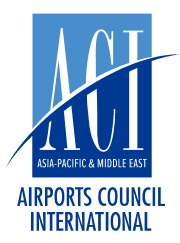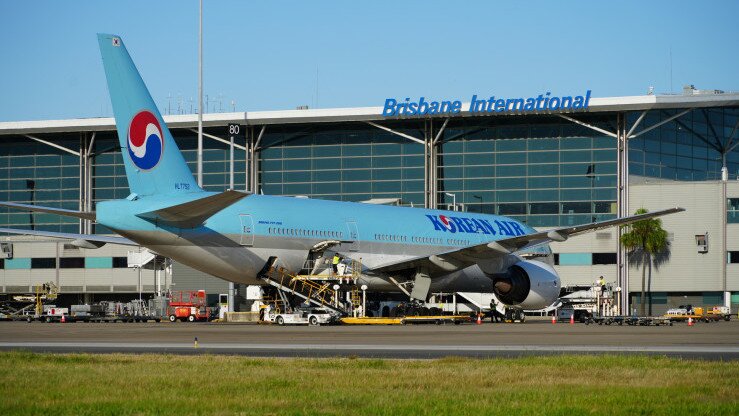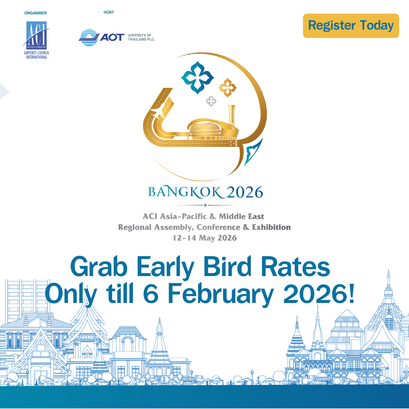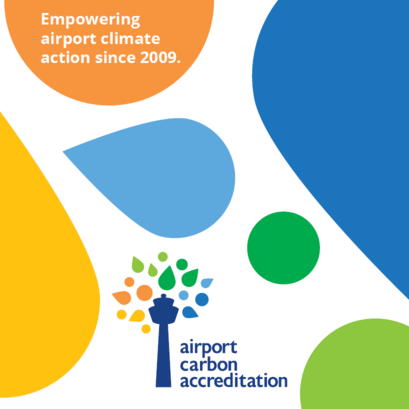
Seoul Revival to boost Queensland economy
- 2023-02-11
.jpg)
In great news for Queensland’s tourism industry, Korean Air will fly to Brisbane five times a week, with Korean tourists set to inject more than $120 million dollars into the local economy each year.
The additional 89,000 inbound seats each year will support 1,230 direct and indirect jobs in Queensland.
The new flights will begin in April, and is the latest deal signed under Queensland’s Attracting Aviation Investment Fund which turns one today.
"This is great news for Queensland. South Korea is our third largest trading market and a major technology partner in Queensland’s new energy economy. We have one of Australia’s largest Korean communities who will now have a direct connection with families. And South Korean tourists and students love coming to Queensland.
.jpg)
"This year will mark 30 years since Korean Air first started flying to Brisbane. Flights were of course halted due to the pandemic. It will be great to have them back permanently," according to Ryan Both, Executive General Manager of Aviation at Brisbane Airport Corporation.
Korean Air is one of the world’s largest cargo carriers and the large freight capacity of the Boeing 777 will be welcomed by Queensland’s exporters who send produce to the lucrative Korean market and beyond.
MILESTONE FOR QUEENSLAND WAR CHEST
Today marks the first anniversary of Queensland’s Attracting Aviation Investment Fund (AAIF). The $200 million war chest is jointly funded by the Queensland Government and the State’s four international gateways; Brisbane Airport, Gold Coast Airport, Sunshine Coast Airport, and Cairns Airport.
It has secured more than 1.1 million inbound seats and up to $960 million in overnight visitor spending since launching 12 months ago, supporting 8,945 jobs.
Every additional flight from Brisbane Airport also creates up to 20 tonnes of outbound cargo capacity, creating vast opportunities for Queensland exporters.
On the first anniversary of the AAIF, Brisbane Airport also revealed two further recent signings:
- EVA Air is growing services to four flights per week from Taipei to Brisbane this year and has committed to further increased services. The EVA flights are forecast to boost overnight visitor expenditure by $106.34 million and support 1030 jobs per year. EVA Air operates a 787-10 Dreamliner arriving at 2020 in Brisbane.
- Philippine Airlines operating five flights per week from Manila to Brisbane. Philippine Airlines flies an A321 NEO aircraft arriving at 0935 in Brisbane.
This is an addition to 7 landmark agreements already delivering additional capacity for Queensland via Brisbane Airport:
- United Airlines from San Francisco
- Air Canada from Vancouver
- Qatar Airways from Doha
- Emirates from Dubai
- Qantas from Tokyo
- China Airlines from Taipei
- Jetstar from Auckland (launching 27 March)
"During December and January, international travel at BNE was back to 61% of pre-Covid levels, so we still have a way to go to rebuild our network. But compared with one year ago when we were at just 2% capacity, we have come a long way," according to Ryan Both, from Brisbane Airport.
"There remains a shortage of aircraft and flight crew so every time a jet becomes available, we are competing with cities across the globe for that new service. This fund helps give Queensland the edge at a time when every flight means more local jobs and more Queensland exports. "
Queensland’s first deal struck under AAIF helped create the new San Francisco to Brisbane route by United Airlines. The service launched at the end of October and delivered 10,000 arrivals into Queensland in its first months of operation.
Return flights to San Francisco have carried hundreds of tonnes of chilled Queensland beef, fresh seafood, automotive parts, cosmetics and other high-value exports, generating millions of dollars for local companies.
Queensland Tourism Minister Stirling Hinchliffe said aviation was critical to Queensland tourism’s recovery.
"Overseas aviation is highly competitive and that’s exactly why we’re partnered with Queensland’s international airports on a $200 million post-Covid war chest," Mr Hinchliffe said.
"Securing international services is one part of a much bigger picture which also includes Tourism and Events Queensland’s ongoing promotion of Queensland destinations overseas.
"The $200 million international aviation war chest is getting results. We’re seeing encouraging green shoots of recovery in overseas visitor numbers, but there’s more work to do on rebuilding airline capacity and Queensland’s $6 billion international tourism industry."
The Queensland Tourism Industry Council CEO Brett Fraser believes re-establishing and attracting new direct international airline routes is fundamental to the revival of Queensland’s tourism industry.
"For the last two years, Queensland’s visitor economy has been kept afloat by a thriving domestic tourism market, but our continued success now relies on the return of international guests.
"The $200 million aviation war chest will help secure millions more airline seats each year and will generate almost $4 billion in overnight visitor expenditure. Numbers as big as these will have a huge impact on our Queensland tourism operators."
Tourism and Events Queensland CEO Patricia O’Callaghan says there is a strong partnership across Government and industry to see these valuable international markets restored.
"Traditionally international visitors stay longer and spend more and that’s why it is so important for us to rebuild the international market.
"We’ve been working hard since international borders re-opened to reconnect with the international trade distribution system as well as keep Queensland top of the list in a very competitive environment.
DOMESTIC RECOVERY
Queensland continues to lead Australia’s tourism recovery with new data revealing the summer school holiday period generated $4 billion for the State’s visitor economy.
Across December and January, 2,594,000 passengers passed through Brisbane’s Domestic Terminal, an increase of 1.2 million on the previous year.
Queensland is predicted to become the only state to make a full pandemic recovery for visitor nights by the end of the year. Queensland’s $24.5 billion domestic visitor spend is the highest in the State’s history, leading New South Wales by 1% and Victoria by 43%, and is a 26% improvement on pre-pandemic levels.
Ten of Queensland’s eleven tourism regions broke annual records for domestic overnight visitor spending, led by Brisbane at $5.5 billion, the Gold Coast’s $4.2 billion and $4 billion for the Tropical North.
Once overseas visitors land in Brisbane, they are able to connect to 53 Australian destinations, the largest domestic network in the country. 30 of those destinations are in Queensland.
- CATEGORY
- COUNTRY / AREA
- Australia
- AUTHOR
- Brisbane Airport Corporation
